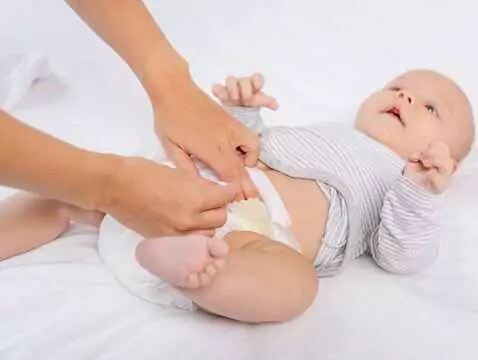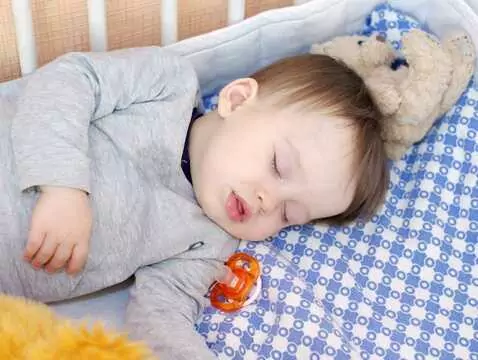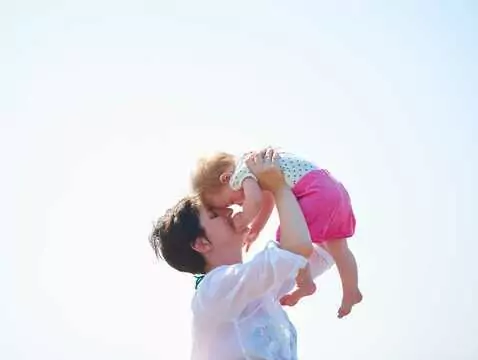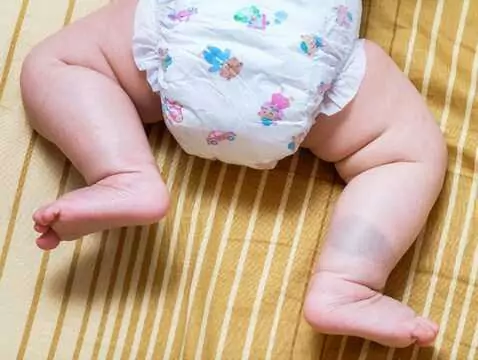The third part of an article discussing the stages of normal child development, looking at development in the second and third years of life. The skills the child should acquire in each month are described, as well as alarm signals requiring consultation with a doctor.
3 YEARS OLD
The child begins to become aware of his own gender, begins to understand that he is growing and will be an adult one day. He is already playing with other children, imitating their play. Anxious behaviour appears, e.g. aggression at being separated from the mother (going to nursery school). The completion of 3 years of age closes the phase of early childhood development, the common features of which are defined by:
- a continuously intensive but clearly declining growth rate
- intensive development of the locomotor system
- proliferation of adipose tissue
- fastest development of the central nervous system
- stabilisation of the upright position of the body
- acquisition of full deciduous teeth
- full development of speech.
30TH MONTH - WARNING SIGNS IN THE COUNSELLING AREA
- U - child does not indicate objects by name, does not imitate horizontal and vertical lines in drawing, does not build simple sentences,
- E - does not play together with adults, does not show initiative, creativity, lack of thematic and construction games, does not perform simple self-service activities: washing, eating, dressing, signalling physiological needs, does not show own will, differentiated reactions to various social situations
- R - does not climb and descend stairs independently, does not jump from a place, does not pick up a glass of water or a fragile object
If a child at this age is overly attached to his mother, does not show behaviour indicative of his own individuality and independence, intensive diagnostic and therapeutic measures should be taken.
36 MONTH - WARNING SIGNALS IN THE RACSOI
- U - does not recognise objects of his own use, does not build a bridge with 3 blocks, does not try to draw a circle, thread beads, does not speak in sentences, has a poor vocabulary, does not use all parts of speech, pronoun "I", speaks unclearly
- E - does not express its own self, will and desires, does not separate from the mother, is not independent in simple activities of daily life, does not signal and does not take care of its own physiological needs
- R - does not stand on one leg for a while, does not pedal on a bicycle, does not attempt a broad jump.
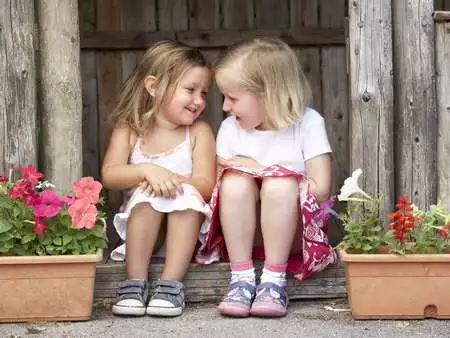
photo ojoimages
a 3-year-old child who is properly developed should have completely mastered the ability to move around freely, self-care in simple activities of daily living, use sentences and a rich vocabulary, and display their own mental distinctiveness and autonomy.
Reference material
- T. Hellbrügge, J., Hermann von Wimpffen: The first 365 days of a child's life. Foundation for Disabled Children, Warsaw 1992.
- M. Dyga-Konarska, A.Bielawska: Sygnały ostrzegawcze w rozwoju psychoruchowym dziecka do lat 3. Informator dla pediatrów i rodziców. Warsaw 2000.
- M.Rybakowa, O.Torbus: Kryteria oceny rozwoju psychoruchowego dziecka w wieku 0-3 lat i fizycznego do lat 18. W: Wybrane problemy pediatryczne w praktyce lekarza rodzinnego. Edited by I.Norska-Borówka, W.Lukas. ŚMA 1999.





